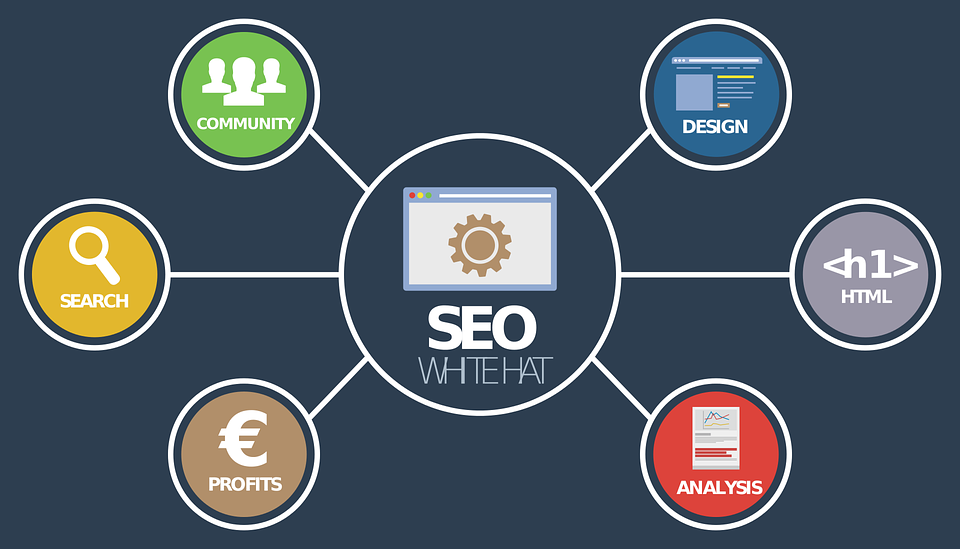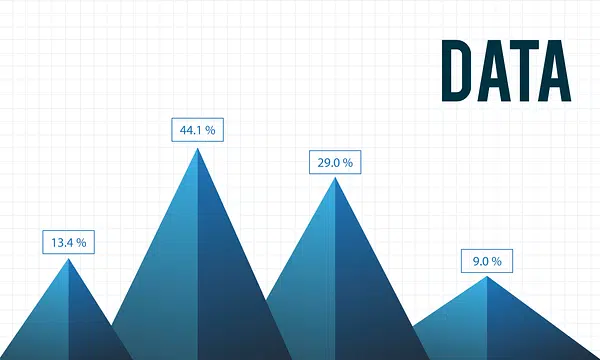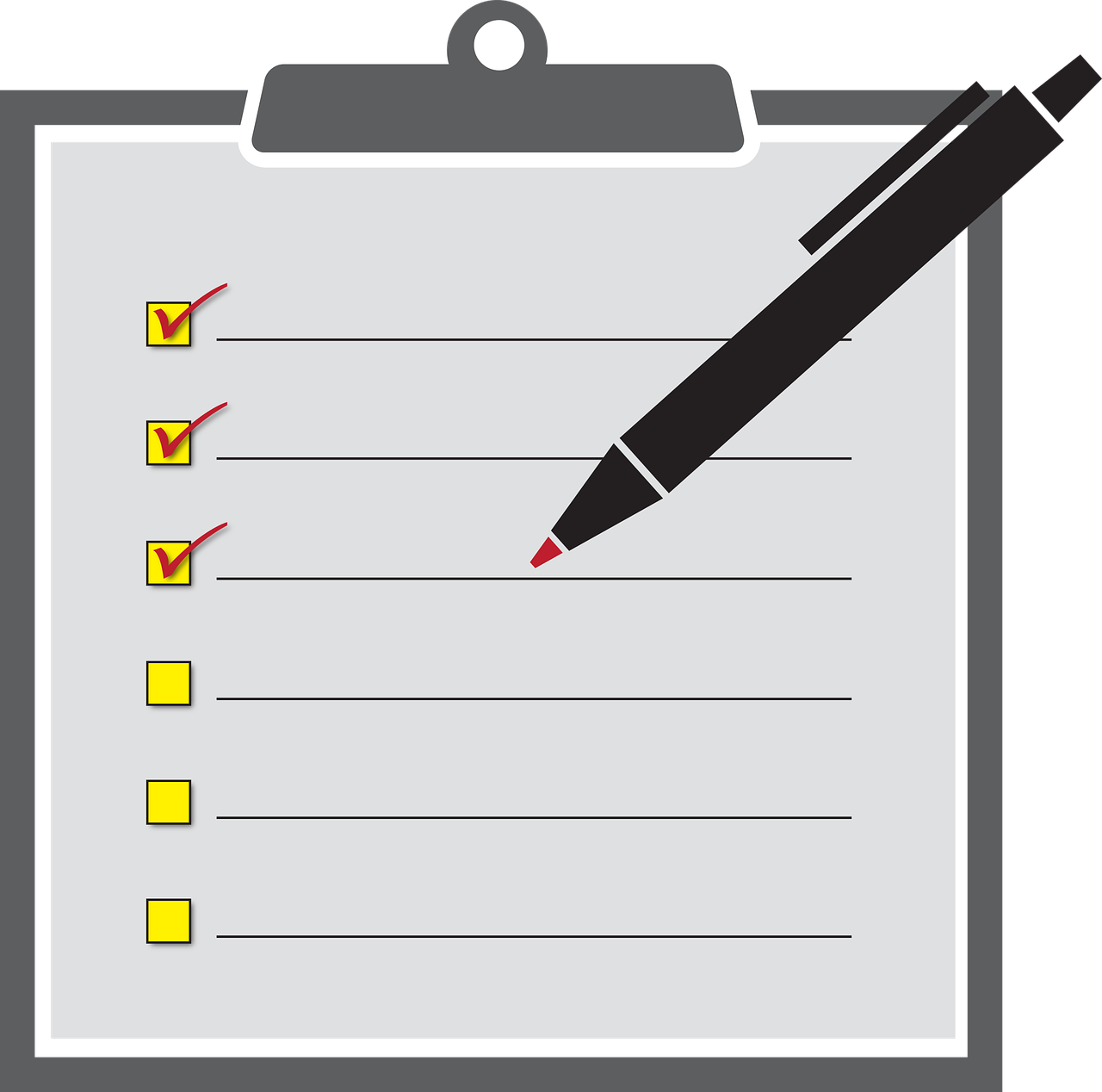In the fiercely competitive arena of digital marketing, achieving high organic search rankings is the ultimate prize. Search Engine Optimization (SEO) is no longer a niche tactic; it is the fundamental driver of sustainable, high-quality website traffic. For modern marketers, navigating the complexities of algorithm updates, content saturation, and technical site performance requires more than just intuition—it demands a robust, integrated suite of powerful SEO tools. These tools function as a digital arsenal, providing the data, insights, and automation necessary to outmaneuver rivals and capture the attention of search engines.
This extensive guide dives deep into the essential, must-have SEO tools that every serious marketer and agency must integrate into their workflow. We will categorize these tools by their primary function, compare the industry leaders, and explain how their features translate directly into higher rankings, improved user experience, and ultimately, maximized revenue from platforms like Google AdSense. Successfully mastering the art of SEO is synonymous with mastering the toolset that reveals the secrets of the search landscape.
The Foundational Pillars: All-in-One SEO Suites
For comprehensive, full-spectrum SEO management, marketers rely on all-in-one platforms that combine several core functionalities into a single dashboard. These tools are the heavy lifters of the SEO world, providing data on keyword performance, backlink analysis, competitive intelligence, and technical site health.
1. SEMrush: The Competitive Intelligence Powerhouse
SEMrush remains a titan in the SEO industry, continually expanding its capabilities to cover the entire digital marketing ecosystem—from SEO and Pay-Per-Click (PPC) to content marketing and social media. Its key strength lies in its expansive database and sophisticated competitive analysis features.
- A. Comprehensive Keyword Research: Provides detailed data on keyword difficulty, search volume, and SERP features, with specific attention to global and local search trends.
- B. Unrivaled Competitor Analysis: Allows marketers to “spy” on competitor strategies, revealing their top-performing organic keywords, traffic sources, ad copy, and landing pages. This is critical for quickly identifying ranking gaps.
- C. Advanced Site Auditing: The technical Site Audit tool crawls hundreds of thousands of pages to identify critical issues (e.g., broken links, crawl errors, HTTPS implementation flaws, slow load times) that hinder search performance.
- D. Backlink Auditing and Analysis: Offers a vast backlink database for performing comprehensive link audits, identifying toxic links that need disavowal, and discovering new link-building opportunities.
- E. AI-Driven Content Optimization: Features tools like the SEO Content Template and SEO Writing Assistant that use AI to analyze top-ranking content and provide actionable recommendations on keyword usage, tone, and readability.
2. Ahrefs: The Backlink Authority
Ahrefs is often cited as the gold standard for backlink data and analysis, boasting one of the largest and freshest link indexes on the internet. While it offers a complete SEO suite, its core strength remains its ability to map the web’s link structure with exceptional detail.
- A. World-Class Backlink Checker: Provides deep insights into any website’s backlink profile, including Domain Rating (DR), number of referring domains, and historical link growth. Essential for link gap analysis against competitors.
- B. Site Explorer and Content Explorer: Allows users to analyze the organic search traffic and backlink profile of any URL or domain. The Content Explorer helps find the most shared and linked-to content on any topic, providing content inspiration and outreach opportunities.
- C. Keyword Research Tool (Keywords Explorer): Provides vast keyword ideas, difficulty scores, and click metrics. Its “Parent Topic” feature is invaluable for understanding the core search intent behind a keyword cluster.
- D. Rank Tracker: Offers reliable, granular tracking of keyword rankings across various geographic locations and devices, providing performance reports crucial for client reporting and internal strategy evaluation.
The Essential Toolkit: Free and Foundational Tools
Before investing in expensive paid platforms, every marketer must first master the essential suite of free tools provided by Google. These tools offer authoritative, first-hand data straight from the search engine itself and are non-negotiable for anyone serious about SEO.
3. Google Search Console (GSC)
Google Search Console is the direct line of communication between your website and Google’s search index. It provides the most accurate and crucial performance data regarding your organic presence.
- A. Performance Reports: Shows exactly which keywords your site is ranking for, the average position, click-through rate (CTR), and total impressions. This data is the single best source for identifying low-hanging fruit—pages with high impressions but low CTR—for optimization.
- B. Index Coverage: Alerts you to any pages that are not being indexed due to technical errors (e.g., noindex tags, crawl errors, 404s), ensuring all your valuable content is searchable.
- C. Core Web Vitals (CWV) and Mobile Usability: Provides reports on crucial page experience metrics (Largest Contentful Paint, First Input Delay, Cumulative Layout Shift). Optimizing these directly influences rankings as CWV is a confirmed ranking factor.
- D. Security and Manual Actions: Notifies you immediately of any security issues (e.g., malware) or manual penalties imposed by Google, allowing for rapid mitigation.
4. Google Analytics 4 (GA4)
GA4 is the next generation of web analytics, providing deep, event-based insights into user behavior after they click through from search results.
- A. Understanding User Journeys: Tracks how users interact with your content, revealing which pages have high engagement, which lead to conversions, and where users drop off.
- B. Audience Demographics and Behavior: Provides detailed data on the characteristics, interests, and device usage of your organic traffic, enabling hyper-focused content targeting and AdSense optimization.
- C. Conversion Tracking: Essential for measuring the Return on Investment (ROI) of your SEO efforts, tracking goal completions, e-commerce transactions, and lead form submissions originating from organic search.
- D. Integrated Insights: When linked with GSC, it provides the full picture: GSC shows what happened in search, and GA4 shows what happened after the click.
5. Google Keyword Planner (GKP) and Google Trends
While GKP is primarily for PPC, it remains an indispensable free tool for foundational keyword research, offering estimated search volume and competition data. Google Trends is vital for strategic, long-term content planning.
- A. Search Volume Estimation: Provides a range of monthly searches for any given keyword, helping to prioritize which terms to target.
- B. Commercial Intent Discovery: Reveals keywords with high commercial intent (high CPC) that can drive both qualified organic traffic and high-value AdSense revenue.
- C. Trend Identification: Google Trends allows marketers to gauge the interest over time for topics, identifying seasonal spikes, sustained growth, or declining interest, which is key to content freshness and relevance.
The On-Page and Content Optimization Specialists
Technical SEO can drive traffic, but high-quality, perfectly optimized content is what converts visitors and sustains rankings. A specialized category of tools focuses solely on optimizing the content itself.
6. Surfer SEO or Clearscope: AI Content Optimization
These tools represent the cutting edge of content marketing, utilizing AI and Natural Language Processing (NLP) to analyze the top-ranking pages for a target keyword and provide highly prescriptive optimization suggestions.
- A. Content Score Metric: They assign a quantitative ‘Content Score’ based on the comprehensiveness, word count, use of semantically related keywords, and structure of the content relative to competitors.
- B. NLP Keyword Recommendations: Unlike traditional keyword stuffing, these tools suggest secondary, contextually related (NLP-driven) keywords and topics that Google’s algorithm expects to see on a page about the target subject.
- C. Structure and Length Guidance: They provide data-backed recommendations on the optimal word count, number of headings, and image count required to compete with top-performing pages.

7. Screaming Frog SEO Spider: The Technical Crawler
This desktop-based website crawler is the go-to tool for deep technical site audits, favored by professional SEOs and agencies. It systematically crawls every page of a website, much like a search engine bot, to identify technical issues at scale.
- A. Rapid Technical Audits: Quickly finds broken links (4xx errors), server errors (5xx errors), missing or duplicate page titles and meta descriptions, and issues with Hreflang implementation.
- B. Indexation and Directives: Provides a comprehensive list of all URLs and their indexation status (e.g., index, noindex, canonical tag status), ensuring your crawl budget is spent wisely.
- C. Sitemap and Pagination Analysis: Essential for identifying complex issues within XML sitemaps and correctly implementing pagination, crucial for large e-commerce or publishing sites.
8. Yoast SEO / Rank Math (WordPress Plugins)
For websites built on the WordPress platform, a robust SEO plugin is essential for handling on-page mechanics without needing to touch code.
- A. On-Page SEO Checks: Guides content creators through essential on-page tasks, such as optimizing title tags, meta descriptions, and URL slugs, and checking keyword density.
- B. Technical Automation: Automates key technical tasks, including generating XML Sitemaps, managing robots.txt files, and handling canonicalization, thus streamlining the technical workflow.
- C. Schema Markup: Simplifies the implementation of complex structured data (Schema Markup) for content types like Articles, Recipes, or FAQs, helping content achieve rich snippets in the SERPs.
The Outreach and Link Building Specialists
Backlinks—links from high-authority external websites—remain one of the strongest ranking signals. Effective SEO requires specialized tools to manage the entire link-building and digital PR process.
9. BuzzStream or Hunter.io: Outreach Management
Link building is fundamentally a relationship business, and tools are needed to scale the manual process of influencer and webmaster outreach.
- A. Prospecting and Email Finding: Tools like Hunter.io specialize in finding verified email addresses associated with a domain, making direct outreach possible.
- B. Campaign Management: Platforms like BuzzStream organize the entire outreach process, tracking which contacts have been pitched, who has responded, and the status of each link opportunity, ensuring a highly scalable and organized link-building pipeline.
10. SpyFu: Keyword and Ad History
While SEMrush and Ahrefs dominate the market, specialized tools like SpyFu offer unique intelligence, particularly around competitor advertising and historical keyword movements.
- A. PPC and SEO Competitor Overlap: Allows marketers to see all the keywords a competitor has bought on Google Ads, providing high-value commercial keywords that can also be targeted organically.
- B. Ranking History: Shows the precise keyword ranking history for any domain, allowing strategists to trace exactly which content or link-building campaigns led to a competitor’s rise or fall.
The Strategic Synergy: SEO Tools and Google AdSense Revenue
The selection and deployment of these SEO tools are not just about ranking; they are directly tied to maximizing revenue from contextual advertising platforms like Google AdSense.
A. Targeting High-Value Keywords (CPC)
SEO tools allow you to filter keyword research by high Cost-Per-Click (CPC) value. Content ranking for high-CPC terms (often in finance, insurance, or enterprise software) naturally attracts higher-paying advertisers, increasing the value of every single ad impression on your page.
B. Maximizing Organic Traffic Volume
The primary purpose of all SEO tools is to increase qualified organic traffic. More relevant traffic means more page views, which directly increases the volume of AdSense impressions and clicks, forming the foundation of AdSense revenue.
C. Improving User Experience and Core Web Vitals
Technical tools like Screaming Frog and GSC help marketers fix issues related to site speed and layout stability (CWV). A faster, more stable site keeps visitors on the page longer (lower bounce rate), increasing the likelihood of them seeing and clicking an ad—this translates to a higher eCPM (effective Cost Per Mille) for publishers.
D. Content Quality and Readability
Content optimization tools (Surfer, Clearscope) ensure content is comprehensive and deeply relevant. High-quality content retains users and signals to AdSense that the page is valuable, which typically leads to the display of premium, highly relevant ads.
Conclusion: The Path to SEO and AdSense Mastery
In the high-stakes game of organic search, the difference between an average marketer and a top-tier digital strategist is often the mastery of their toolset. The combination of comprehensive suites (SEMrush, Ahrefs), authoritative free platforms (GSC, GA4), content specialists (Surfer, Clearscope), and technical crawlers (Screaming Frog) provides an unparalleled view of the digital competitive landscape.
For marketers whose goal is not only organic visibility but also the financial success of a platform monetized through Google AdSense, this arsenal is non-negotiable. By leveraging these tools to drive high-value, high-volume traffic through technically sound and perfectly optimized content, marketers build a sustainable, profitable, and future-proof digital asset. Invest in the right tools, and you are investing in the data-driven certainty of SEO success.












